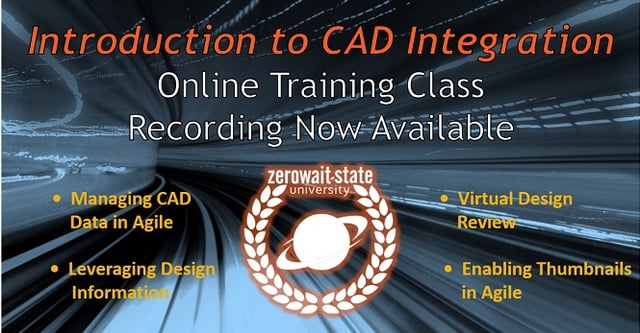We have spent the previous four articles reviewing why we should measure the effects or potential effects of Product Lifecycle Management solutions on product development process and what aspects of product development we should focus on, but we have spent little time on how we should go about gathering this information to validate or justify PLM. There are varying schools of thought on how measurement should take place. Many vendors offer "Process Audits" to help their clients establish baselines and identify problem areas that can be resolved with PLM. These are usually very cursory and are conducted at little or no charge and usually render little value. Some companies will build time into a project to gather metrics pre- and post-PLM implementation and designate someone within the organization responsible. Other times, third party consulting organizations are tapped to document process and the effects of PLM in a more comprehensive way than the process audits previously mentioned. All of these approaches typically involve interviews, spreadsheets, PowerPoint slides and executive presentations, etc. They are usually highly politicized with participants being defensive about their roles and the status quo in general. Based on previous experience, they rarely go smoothly or identify current issues or future improvements. Due to the complex nature of the subject matter and the conventions of blogs, we will segment this into three separate articles starting with the Vendor Led Process Audit.
Beware Greeks bearing gifts. Vendor Led Process Audits are always a tempting option because of the cost and the fact that it's done by external resources, which can neutralize some of the politics. It is always important to remember that "you get what you pay for". There is a reason process audits are free or almost free. They are conducted in a superficial manner over a very short period of time. The data is "shoehorned" into a spreadsheet or other type of form that magically predicts massive payback if you buy that vendor’s solution. Very little practical information or revelations come out of an exercise like this. It can be a significant conflict of interest for the vendor to conduct the research in the first place since they are the ones that stand to benefit from the result of the audit, which is why they conduct them for free or little cost. This approach has become standard operating procedure in the PLM industry, but unfortunately, all the audits usually do is help vendors know which buttons to press when engaging with upper level management to try and sell the software. Certainly an audit is better than nothing, but should not be considered a viable way to establish a baseline and develop a plan for validation of PLM. Each company's process and experience is unique, so a generic 2- or 3-day interview session, and subsequent presentation will not be sufficient to accurately document a company's product development process and identify and quantify bottlenecks and problem areas. The audit is a sales tool that will demonstrate the need for a PLM on some level, but really at this point, with the amount of data out there, it's not really a question of whether or not a PLM is a necessary system for product development companies. It really comes down to when should it be a priority over other process improvement initiatives, which varies greatly from company to company and what areas should be addressed for the fastest and most significant return. A short process audit will merely result in a strong recommendation to purchase a PLM from your vendor.
The key takeaways from process audits are that they are free for a reason, they are usually generic, and that they are geared to justify software purchases. If your objective is to build a case to purchase software, then a well performed process audit could suit your needs. Keep in mind that success with an audit is usually contingent upon having high executive sponsorship of the audit, broad participation from inside the company, and knowledgeable, competent consultants conducting it with strong deliverables. If you decide this is the right thing for your company, have the vendor show you some previous examples of audits with the company identities sanitized, and interview the people actually conducting the audit and have them walk you through the process in detail. You should ask to see all interview material prior to the audit to make sure it is relevant. Internally, make sure you have buy-in from all parties and get firm commitments for participation. Schedule the interviews with Outlook or something similar to avoid having no shows for the audit and set a date for review of the materials with the opportunity to preview the results prior to a company-wide viewing. You should plan on putting real results tracking into the scope of implementation so that you have a means of validating the results of the audit once the PLM system is in place. If you follow these steps, you can avoid a lot of the pitfalls associated with process audits. In the next article we will review paid discovery as a means of measuring PLM.
[Edit: repost from 2010]



